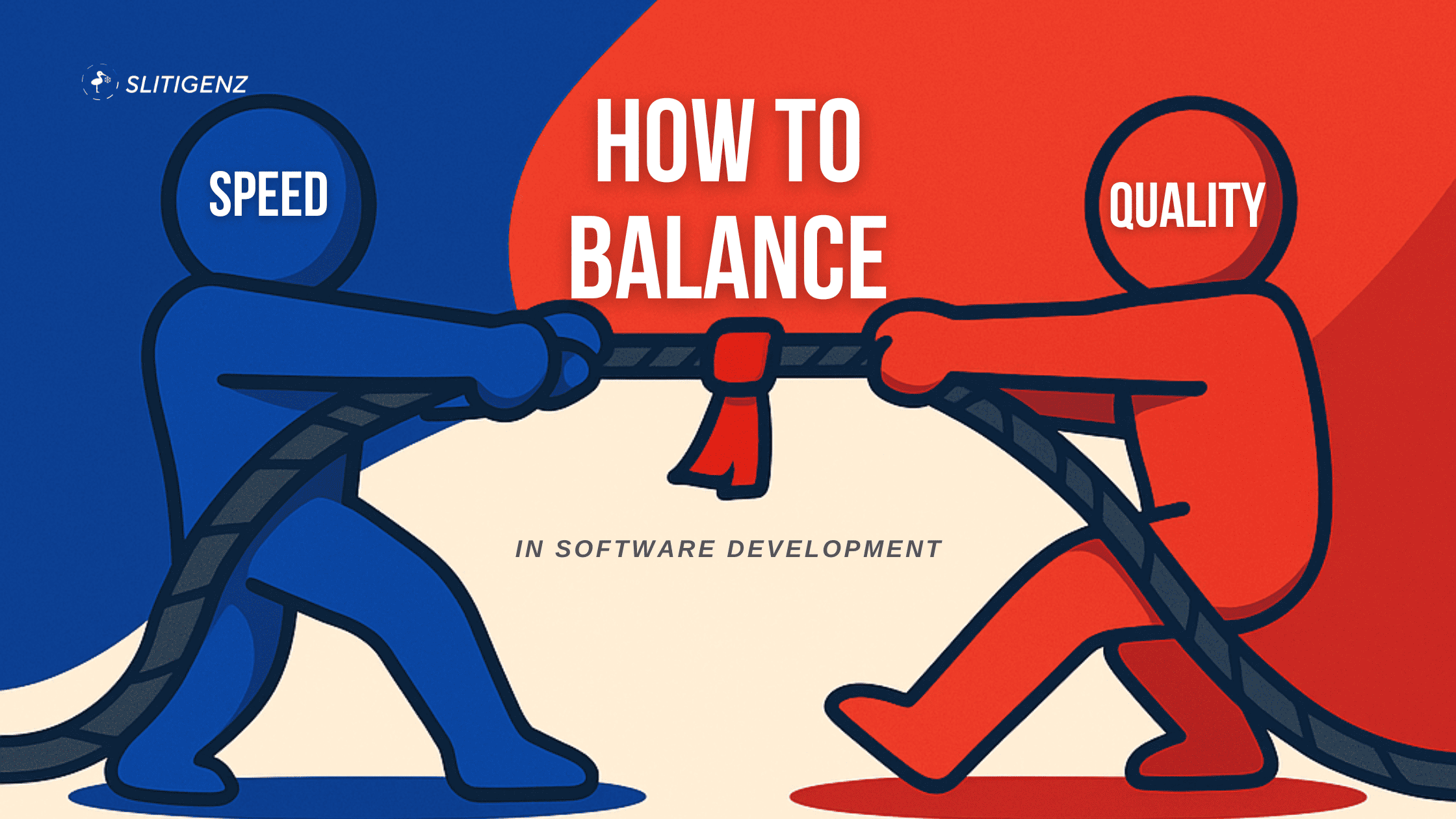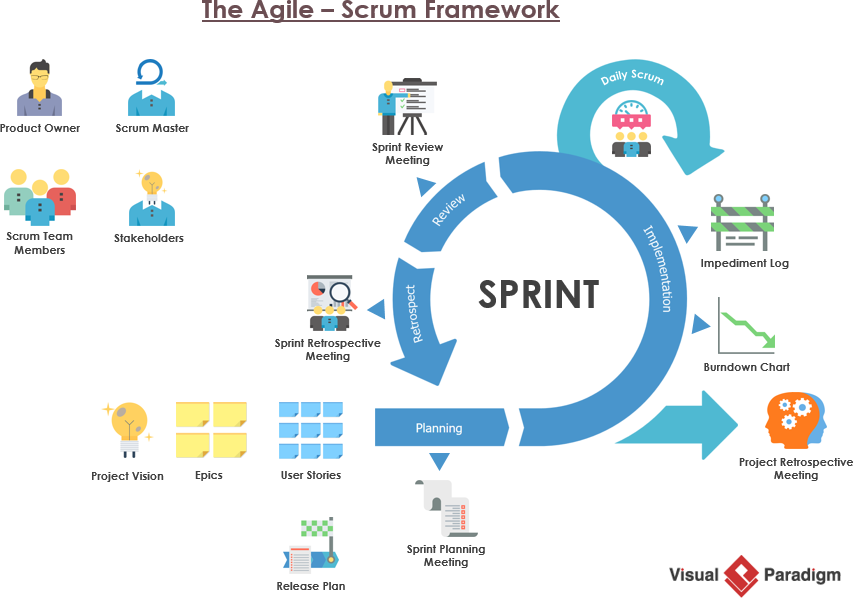What is Quality Assurance?

Quality assurance (QA) is any systematic process of determining whether a product or service meets specified requirements.
QA establishes and maintains set requirements for developing or manufacturing reliable products. A quality assurance system is meant to increase customer confidence and a company’s credibility, while also improving work processes and efficiency, and it enables a company to better compete with others.
The ISO (International Organization for Standardization) is a driving force behind QA practices and mapping the processes used to implement QA. QA is often paired with the ISO 9000 international standard. Many companies use ISO 9000 to ensure that their quality assurance system is in place and effective.
The concept of QA as a formalized practice started in the manufacturing industry, and it has since spread to most industries, including software development.
7 Reasons Why Quality Assurance Is Important
1. Quality Assurance Saves You Money and Effort
While it takes time at the beginning of the process to create systems that catch errors, it takes more time to fix the errors if they’re allowed to happen or get out of control. Software development is a good example. One analysis showed that fixing an error in the production stage took up to 150 times longer than repairing it earlier in the requirements design stage.
Some businesses might be a bit unsure about quality assurance because of its cost, but the fact is it actually saves money in the long run. Paying to prevent problems is cheaper than paying to fix them. Quality assurance systems also save money on materials because nothing goes to waste. As an example, if a business makes a toy and doesn’t have quality assurance in place, a low-quality toy won’t sell as well or people will complain and return them. The business then needs to make more toys to replace the low-quality ones, which costs them more money.
2. Quality Assurance Prevents Corporate Emergencies
With many software companies, the stakes would be high. A simple bug in the corporate software might result in system blackouts, communication breakdowns, or even missing data. So if you are planning to employ software throughout a firm or deal with sensitive info, make sure to implement quality assurance testing and guarantee that there is no room for errors.
3. Quality Assurance Boosts Client’s Confidence
By focusing on QA testing, you are sending your clients a message that you want to make their application run smoothly without any errors. This is especially important when you want to create long-term working relationships and improve customer loyalty.
4. Quality Assurance Enhances User Experience
It is quite obvious that user experience can be a decisive factor in the success or failure of an IT product. If your software is slow or constantly showing errors, your clients or users might feel annoyed and turn to your competitors’ products. Thus, it is vital to test your product meticulously by experienced employees to ensure that the user will run it smoothly in their daily job or task.
5. Quality Assurance Creates More Profit
If you are developing an application to sell or market, then the quality assurance process is one of the most important factors which determine if you can sell it at a higher rate. There is nothing worse than angry users who paid their money for a product that does not work as promoted.
6. Quality Assurance Improves Customer Satisfaction
In addition to profits, quality assurance can also improve the satisfaction of your customers, thus enhancing the reputation of the company. Through worth of mouth marketing, a satisfied client will tell their friends or family about your product, which helps your company enlarge the client base without spending too much money on marketing.
7. Quality Assurance Promotes Efficiency and Productivity
A faulty software can lead to hurried fixes or frantic communication, which might worsen the situation. Obviously, everybody can work better when they don’t have to deal with constant errors which can be time-consuming and challenging to fix. Being organized with quality assurance testing from the beginning of the project will enable the company to operate smoothly and more productively.
When quality assurance is a priority for a company, it sets the tone for the whole business. The drive for quality infuses every part of an organization and everyone has a role to play. Anything that seems to be inhibiting the organization’s ability to provide quality to their customers is addressed. A work culture focused on meeting certain standards is good for everyone – stakeholders, employees, and the business itself.

AI is increasingly embedded in software engineering workflows, and selecting the right AI coding agent has become a key differentiator...

Speed and quality in software development are not mutually exclusive, but they are often in tension. Many engineering teams face...

Want to deploy a static website on AWS EC2 using Nginx in under 15 minutes? This guide will show you...

What Makes Grok-3 Stand Out? On February 18, 2025, Elon Musk and xAI officially launched Grok-3, an advanced AI model...



